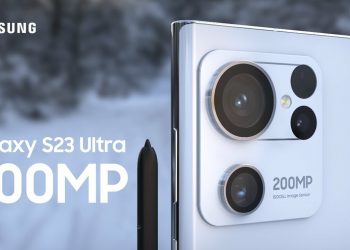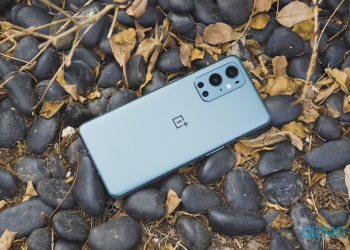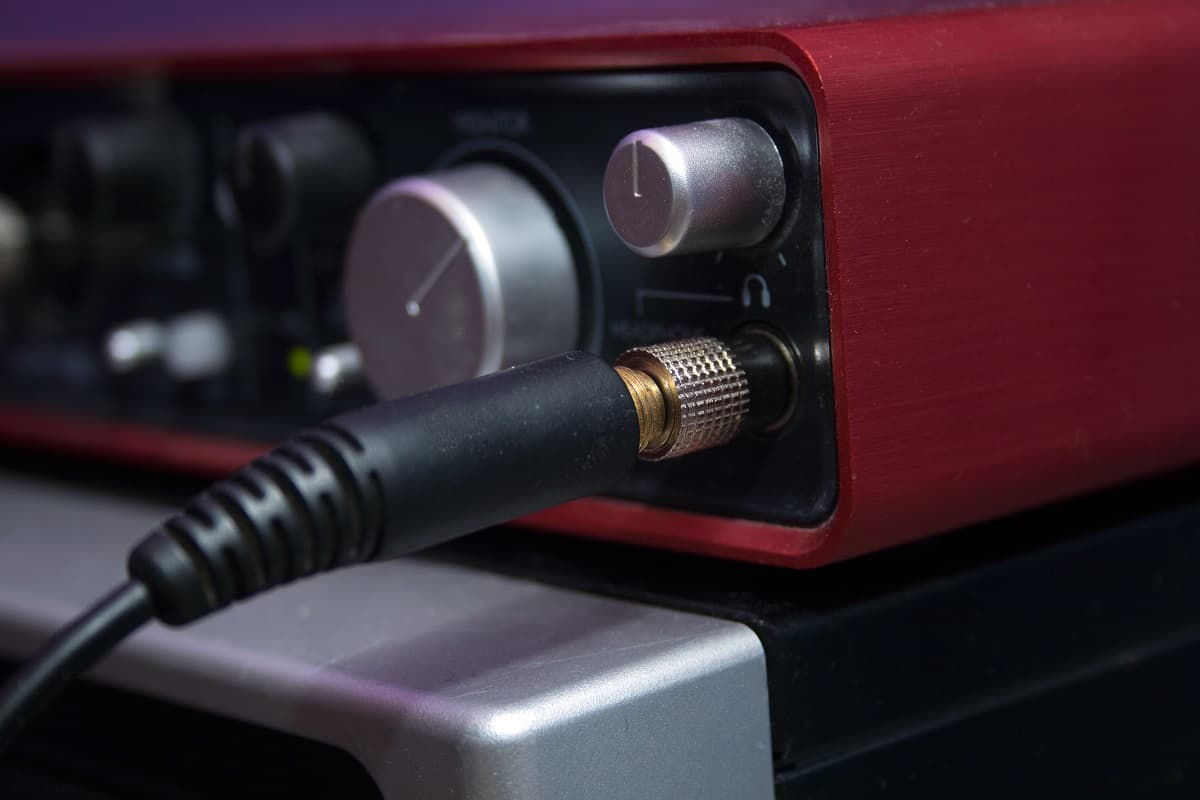Updated on April 2nd, 2022
The internet opens up never-before-seen opportunities. This is a time when anyone can make music quite easily, as long as they can afford the equipment — audio interfaces and audio mixers, for example, as they can be quite expensive. That said, even though you can easily connect a mixer with an audio interface by the right cables, do you really need to buy both of them or can one of them get the job done?
Rephrasing the Question
As already mentioned, you can use a mixer with an audio interface, but the question is if you should. This is especially if you only have one of the two devices or none at all. To explain this, a comparison of their functions might be in order.
Audio Interfaces
Audio interfaces are devices that convert analog sound signals to digital, i.e. ones that a computer has no issues understanding.
Another important function of an audio interface is as a switcher or hub for multiple devices. You can connect a condenser or dynamic microphone and follow it up with one or more musical instruments.
If you’re considering going down the path of a professional beat maker or vocalist, having an audio interface is a must. Besides providing superior sound quality, it lets you connect multiple devices at once and gives you access to more channels.
Although these don’t have integrated microphones, they do have an integrated preamp, which is very convenient for recording music.
The presence of unbalanced and balanced outputs makes these very flexible as well. While unbalanced outputs are good for music systems and home theaters and usable for recording vocals, balanced connections are the realm of pro audio and are better for making beats and music in general.
This device is usually cheaper than a mixer and much easier to use. It’s suitable for beginners, which you may not be able to say the same about mixers. However, even though it offers great sound quality, it doesn’t provide as much control over your tracks. You don’t have access to effects like an equalizer, and you can’t use this device for live performances.
Audio Mixers
As the name suggests, mixers are capable of mixing multiple audio signals and sending all of them to the output channels. Upstream components would send audio signals to a mixer’s input channels. This is where you can change up the signals’ tone and strength and add effects and such. You can proceed to mix them all into one functional track.
Mixers are tougher to use than interfaces but not impossible. You can control and learn how to work each input independently and then extend to the rest.
As said before, mixers are great for performing live. If this is what you’re aiming for, keep that in mind. For live performances, you won’t even need the USB or FireWire digital outputs. The analog stereo signals can be sent straight to the amplifiers that power your speakers.
All in all, the pros of audio mixers come down to allowing lots of control, effects, and compatibility with live performances. However, these aren’t easy to carry or to use.
The Comparison
Comparing audio interfaces and audio mixers reveal that mixers can serve all the function of an audio interface. This doesn’t come as a surprise since mixers are all about mixing multiple input channels. Both devices can be used to record music on a computer, but only high-end mixers can record multiple tracks at once.
You should only get a mixer if you’ve been recording and/or mixing music for quite some time. Most music production software has an integrated mixer, so that’s another reason to not get a separate mixer if you’re a beginner. Other than that, you might not need a good part of the mixer’s capabilities. They may have software substitutes or they can be overly complex.
They are good, though, if you tend to record lots of tracks, such as when recording each band member’s contribution. Multi-track recording is something that mixers and advanced audio interfaces are good at.
If you don’t have an audio interface, consider going for it first, as it’s easier to use, provides very good sound quality in its own right, and it’s far more portable.
Making the Choice
In the end, let’s say that your audio interface is connected to your computer and you’d rather not remove it to hook up your mixer; you can simply connect your mixer to your audio interface and bypass all processing.
If you’re using neither, you’ll need to use the default PC headphone jack, which may add latency. The sound quality is also much lower, and you can’t record multiple tracks simultaneously.
Audio interfaces are great for beginners, but mixers might be more powerful overall. Finally, if you’re getting a mixer, make sure that it can serve all your needs, such as having enough inputs and outputs.
See related topic:
Best Professional Audio Interface of 2021 Complete Reviews with Comparisons.
Best Toaster in the U.S. That Are Worth Buying 2021 Acekool Toaster TA1
Best Stand Mixers in the U.S. That Are Selling Like Hot Cakes 2021 Acekool Stand Mixer
We hope you love our reviews! For your information, we do earn money from commission in the link in the content! For more information click here!














